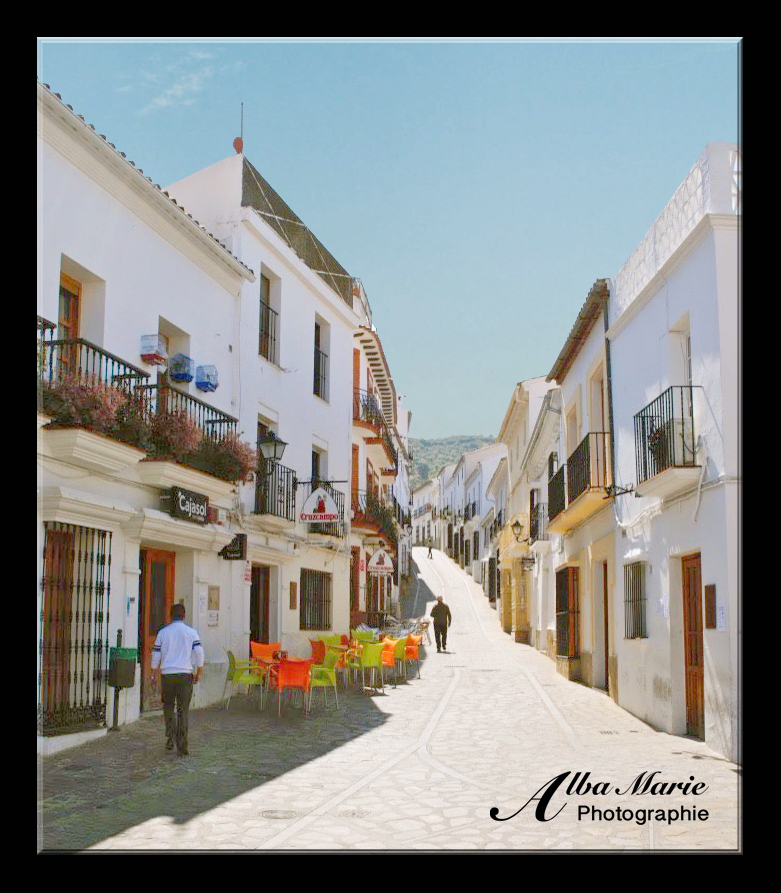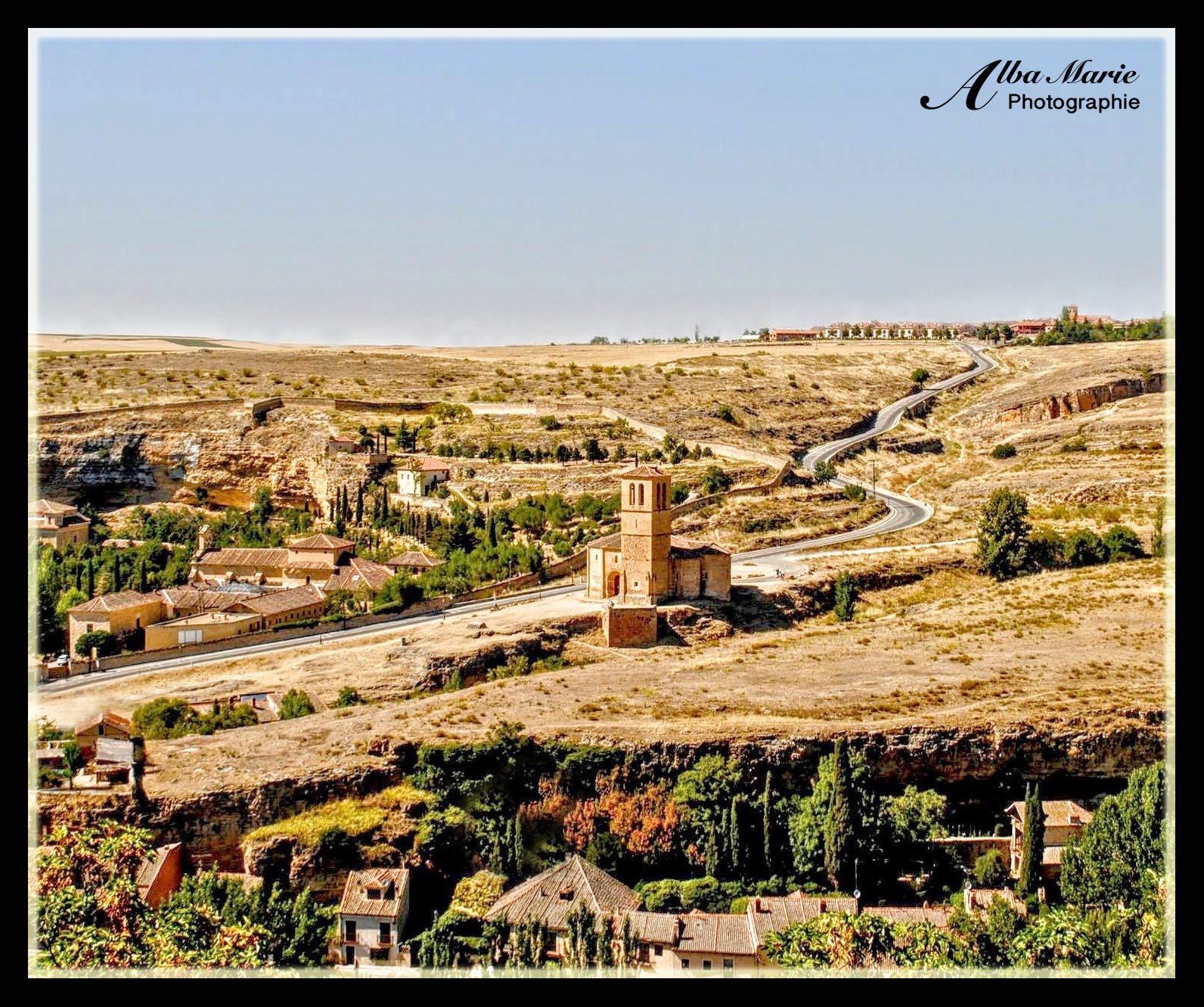
Basque Country, Spain
Such an unusual place, Basque Country. Straddling two countries – Spain and France – with a language and a culture apart from the rest of the Europe, Basque Country (also called País Vasco, pays basque or Euskal Herria in the Basque language) is one of the most unique and otherworldly places on this ancient continent. It’s not a big place – just over 20,900 km2 (about 8,000 sq mi) it has a population of three million, and contains a few famous cities like Bilbao, Pamplona, San Sebastian, Bayonne and Biarritz. As with Irish Gaelic in Ireland or Welsh in Wales, historically the oppressive national governments tried hard to eradicate the local culture, language and identity. It was successful, too, for awhile. But like Ireland and Wales, Basque has seen a resurgence of its own language and culture, likely owing – at least somewhat – to its partial cultural and political autonomy. Unrelated to other European languages and reputed to be among the most complex, Basque is now recognised as an official language alongside Spanish, and is spoken in some governmental, educational and daily settings. That said, out of the 3 million residents, only 650,000 speak Basque (the majority live in Spain; just 100,000 live over the border in France). With its coastline forming a UNESCO geopark, Basque Country has more to offer than a storied past and a complicated language. Miles upon miles of rugged coastline carved by the ravaging Atlantic, the Basque coast is gauged, grazed and torn, home to rough cliffs, stratified layers and hidden coves. According to UNESCO, the Basque Coast comprises sedimentary rocks from the upper Triassic Period (215 million years old) to the Middle Eocene Epoch (45 million years old), marking an impressive continuous record of 60 million years of geological history, including a layer marked by last cataclysmic event – the one that famously killed the dinosaurs. One hasto admit, it’s a pretty cool place.
Tip: If you’re visiting Spain’s Basque Country, don’t miss the extraordinary monastery of San Juan de Gaztelugatxe. Take the bus to the coastal town of Bakio and walk the the rest of the way (about 8km round trip) for incredible coastal views.
























